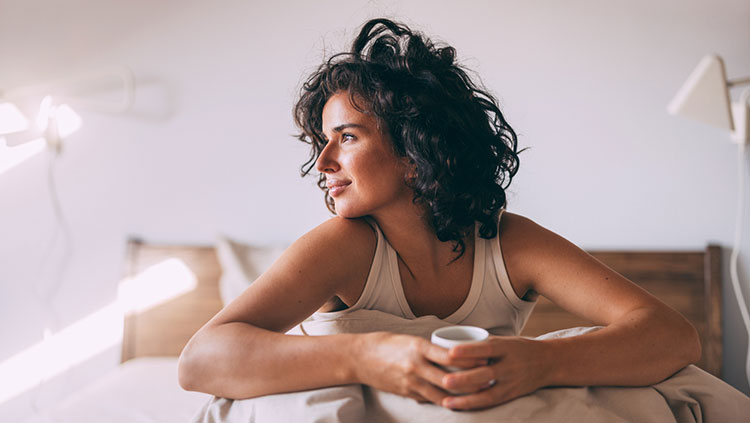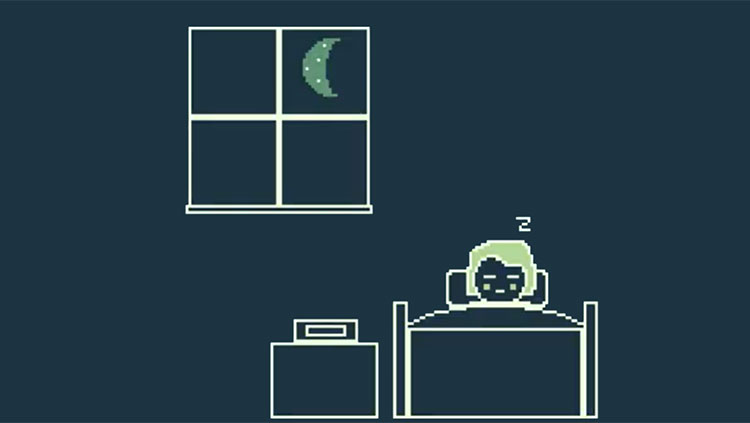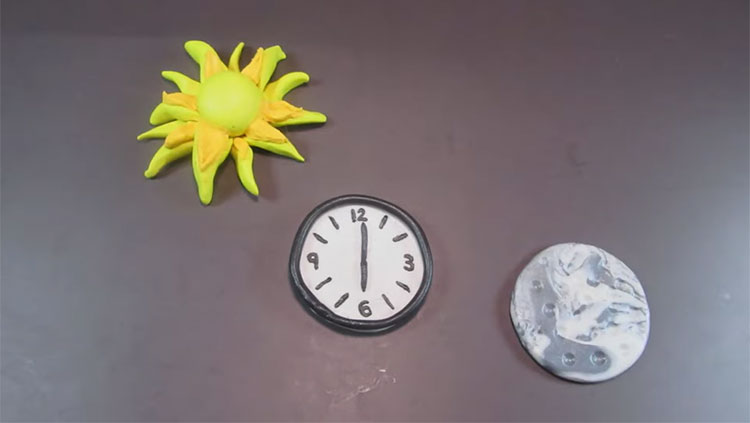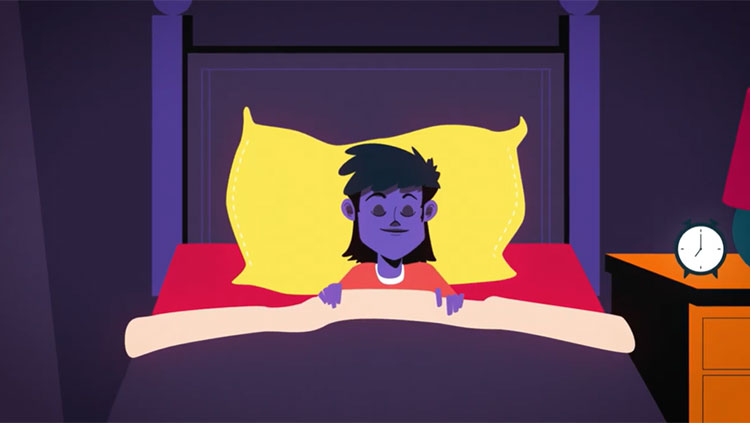Circadian Rhythms Keep the Body Ticking on Time
- Published13 Jun 2018
- Reviewed13 Jun 2018
- Author Erika Engelhaupt
- Source BrainFacts/SfN
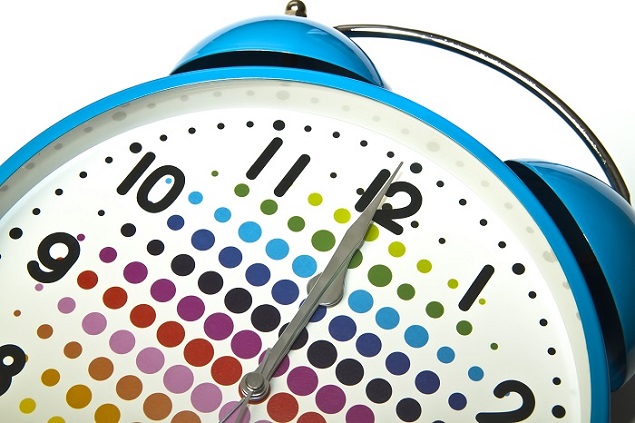
The Discovery
How the Body Ticks: The Clock Within
Like people drinking their first cup of coffee, mimosa plants have a morning ritual. Every day when the sun rises, the plants unfold their leaves toward the light. In the evening, the leaves close again for the night. Just as we might take our own daily routines for granted, the mimosa plant’s cycle was thought to be a simple response to light, if anyone thought of it at all.
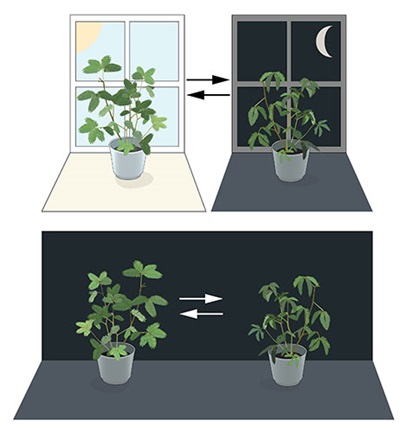
But in the 1700s, French scientist Jean-Jacques d'Ortous de Mairan wondered what would happen if he kept a mimosa plant in the dark. He was surprised that the plants continued to open and close their leaves on schedule — with no light to tell them what time it was.
This was the first clue that living things have regular daily rhythms that don’t depend on light or other environmental cues. The implications were stunning: that somehow living things “know” what time it is without being told, and behave accordingly. It would be nearly three centuries later, in 2017, that three scientists would win the Nobel Prize in Physiology or Medicine for revealing the genes and molecules coordinating this daily dance.
What’s more, most living things on Earth perform this choreography. Not only do people possess internal clocks — with different clocks ticking away in different parts of the body — but plants, animals, and at least some bacteria keep time too. These clocks tell us when to sleep and also affect metabolism, hormones, moods, and much more.
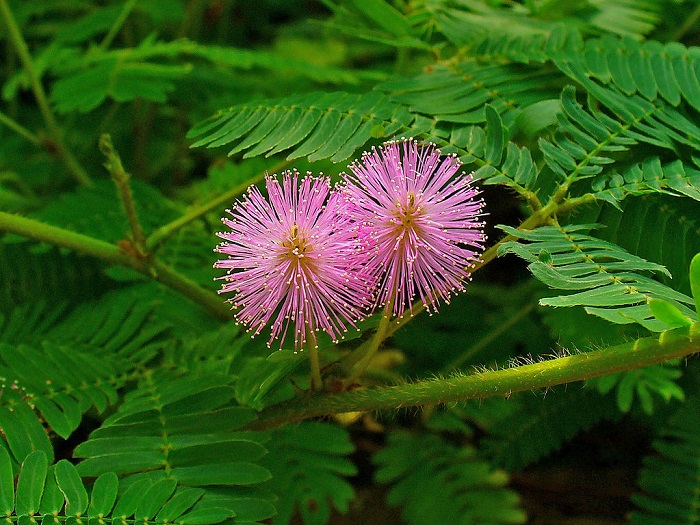
When de Mairan was experimenting on mimosa plants, he assumed the plants somehow sensed the sun’s movements. It didn’t occur to him that plants might have internal clocks.
But as biologists later took a closer look at animal behaviors, it became clear that like mimosa plants, they kept schedules without the sun. Studies in the 1950s showed animals’ wake-sleep cycles have a period of close to, but not exactly, 24 hours. Thus was born the notion of a “circadian rhythm,” from the Latin circa, meaning around or approximately, and diem, meaning day.
Period and Timeless
Genes that Shape the Body’s Clock
Our wake-sleep cycles don’t perfectly match the length of a day. As Colin Pittendrigh demonstrated in the late 1950s, that small mismatch between our biological clock and the sun actually makes biological clocks more precise by allowing the clock to be “reset” every day by the light-dark cycle. This also allows our body clocks to reset when the environment changes, such as adjusting to a new time zone when we travel.
Still, fully understanding circadian rhythms required the fields of neuroscience and genetics to mature first.
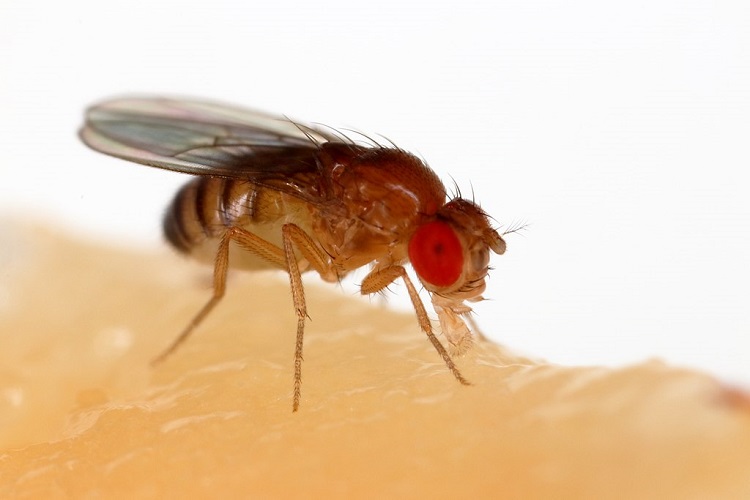
In the 1970s, neuroscientists discovered that damage to two nerve clusters in the brain called suprachiasmatic nuclei disrupted rats’ circadian rhythms. Finally, scientists thought they had found the clock’s master controls. So imagine their surprise when they saw circadian cycles in pieces of lung, liver, and other tissues in petri dishes — without the brain’s control.
Researchers began to suspect that genes shaped circadian rhythms, too. Soon, Seymour Benzer of California Institute of Technology and his student Ronald Konopka identified such a gene in fruit flies and named it period.
Ultimately, the 2017 Nobel Prize in Physiology and Medicine went to three scientists whose work showed how period and other genes control circadian rhythms: Jeffrey C. Hall and Michael Rosbash of Brandeis University and Michael W. Young of Rockefeller University. As they discovered, the period gene makes a protein that builds up in cells. A second gene, timeless, makes another protein that binds with the period protein and allows it to enter the cell’s nucleus, where it shuts off the period gene, and therefore its own production. This feedback loop happens about every 24 hours, forming the basis of the circadian rhythm.
Other researchers continue to find more clocks and their genes. “Now we think that in mammals, every type of cell has an intrinsic clock,” says Erik Herzog of Washington University in St. Louis. “So now the question is how do they all agree on what time it is, so that you know when to eat, when to sleep, when to look for mates, and when to avoid predators?”
Pathways to Treatment
Finding the Right Time
Unraveling the secrets of how circadian rhythms work and how they synchronize promises much more than simply beating jet lag. That fundamental knowledge could ultimately improve human health.
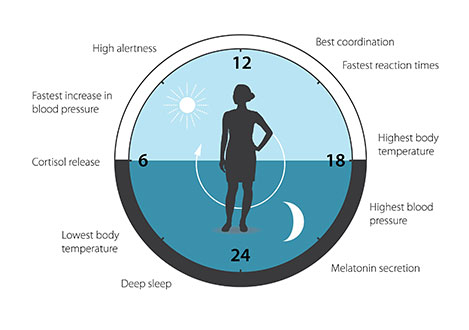
“The Nobel Prize was for physiology or medicine, and for us, it was really more for physiology than medicine so far,” Rosbash says. “But I’m cautiously optimistic that because the clock is so important to physiology, it probably contributes to many diseases as well.”
Already, research on circadian rhythms is shedding light on sleep problems. Michael Young, another of the 2017 Nobel Prize winners, is studying the genetic basis of some sleep disorders, including a mutation that makes some people “night owls.”
Others are harnessing circadian rhythms to treat disease. For example, Herzog aims to improve therapies for brain tumors called glioblastoma. Cancer cells are more sensitive to chemotherapy drugs at a certain time of day, for example, making the drugs more effective at that time.
In fact, a new field called circadian medicine is based on such ideas. “Why do you take your statin before bed? Why are ADHD drugs given in the morning, or low-dose aspirin taken at night?” says John Hogenesch of Cincinnati Children’s Hospital. All these, he says, work better at certain points in our circadian cycles.
“We think there are entire classes of medications that could benefit from timing,” Hoganesch says. To that end, his team is searching the human genome for genes with strong circadian patterns that are involved in disease.
Research is also finding important circadian links to mood disorders, such as depression and seasonal affective disorder, as well as to our senses, metabolism, the immune system, cognitive function, and memory. Scientists are learning when we are at our best for specific tasks and are continuing to find new ways to keep our bodies ticking in perfect time. With continued funding from public and private institutions, we may one day consider our intrinsic clocks to improve human health.
CONTENT PROVIDED BY
BrainFacts/SfN
Discussion Questions
- What behavior have neuroscientists observed in mimosa plants that lead to the discovery of circadian rhythms?
- What role do genes play in the shaping of circadian rhythms?
- How has the study of the common fruit fly increased scientists understanding of circadian rhythm?
- What human health implications are neuroscientists hoping to address with further research in circadian rhythms?
References
D.C. Klein, R.Y. Moore, and S. M. Reppert, Eds. Oxford University Press, New York, NY, 1991. Pp. 125-143 “Suprachiasmatic Nucleus: The Mind’s Clock” Chapter 6: SCN Electrophysiology In Vitro: Rhythmic Activity and Endogenous Clock Properties by Martha U. Gillette
The Nobel Prize in Physiology or Medicine 2017. (October 2, 2017). Retrieved from https://www.nobelprize.org/nobel_prizes/medicine/laureates/2017/press.html
Vitaterna, M. H., Ph.D, Takahashi, J. S., Ph.D, & Turek, F. W., Ph.D. (n.d.). Overview of Circadian Rhythms. Retrieved from https://pubs.niaaa.nih.gov/publications/arh25-2/85-93.htm.
Goodman, L. (n.d.). How Rosbash and Hall did it. Retrieved October 2, 2017, from http://www.brandeis.edu/now/2017/october/rosbash-science-nobel.html
Hughes, M. E., Abruzzi, K. C., & Allada, R. (2017) et al. Guidelines for Genome-Scale Analysis of Biological Rhythms. Journal of Biological Rhythms, 32(5), 380-393. Retrieved November 3, 2017, from https://www.ncbi.nlm.nih.gov/pmc/articles/PMC5692188/.
John B. Hogenesch. (n.d.). Retrieved June 15, 2018, from https://en.wikipedia.org/wiki/John_B._Hogenesch.
Better dosing of meds: 'Cyclops' algorithm spots daily rhythms in cells. (n.d.). Retrieved April 25, 2017, from https://www.sciencedaily.com/releases/2017/04/170425124257.htm.
Konopka, Ronald J., Benzer, Seymour. Clock Mutant of Drosophilia melanogaster. Proc. Nat. Acad. Sci. Vol. 68, No. 9, pp. 2112-2116, September 1971
Michael W. Young, Ph.D. (n.d.). Retrieved from https://www.rockefeller.edu/our-scientists/heads-of-laboratories/914-michael-w-young/
Also In Sleep
Trending
Popular articles on BrainFacts.org




